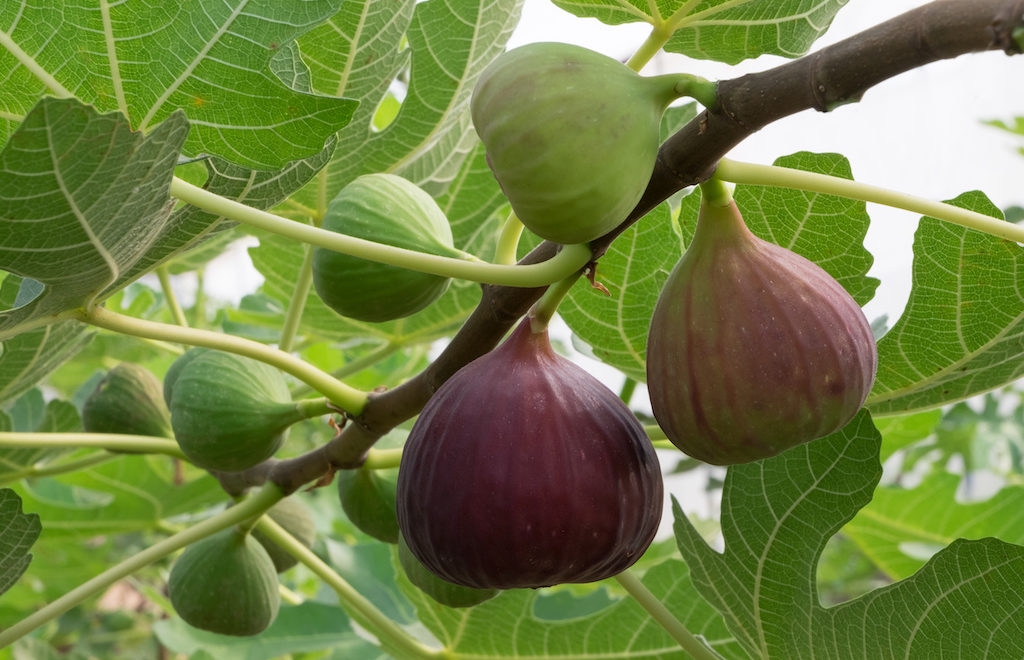
Upon first glance at the arched aerial roots that protrude liberally out of the brackish water, one may believe that they are in the presence of a tree only Dr. Seuss could have dreamt up. Surviving in both tropical and subtropical regions and equipped with a root system that thrives in both salt and fresh water, mangrove forests demonstrate their biological flexibility. In terms of the wealth of life, productivity and the biodiversity that these trees provide, mangrove forests are extraordinary.
 The complex root systems that comprise mangrove forests foster a teeming array of life. Multiple rare bird species visit mangroves on their migratory route and cozily roost in the canopy. Snakes silently weave between the roots to stalk unsuspecting prey and weary alligators find refuge. In terms of sea life, a multitude of shellfish, barnacles, and sponges liberally fasten themselves to the anchored roots. Bottom-feeders and a miscellany of fish travel from the sea to lay their eggs because of the private sanctuary the root system provides from predators. Even the mangroves decomposing leaves are valuable because they provide essential nutrients to plankton, algae and fish. In terms of biodiversity alone, mangroves are an essential part to the coastal ecosystem.
The complex root systems that comprise mangrove forests foster a teeming array of life. Multiple rare bird species visit mangroves on their migratory route and cozily roost in the canopy. Snakes silently weave between the roots to stalk unsuspecting prey and weary alligators find refuge. In terms of sea life, a multitude of shellfish, barnacles, and sponges liberally fasten themselves to the anchored roots. Bottom-feeders and a miscellany of fish travel from the sea to lay their eggs because of the private sanctuary the root system provides from predators. Even the mangroves decomposing leaves are valuable because they provide essential nutrients to plankton, algae and fish. In terms of biodiversity alone, mangroves are an essential part to the coastal ecosystem.
Beyond the biodiversity and nutrients that these root systems provide, they are also crucial to humans. Mangrove swamps protect coastal areas from erosion, storm surges and tsunamis. Due to the mangroves massive roots structure, mangroves are extremely proficient at dissipating harsh wave energy. It is estimated that around 75% of wave energy can be reduced if a wave passes through 200 meters of mangrove forest. Mangroves also efficiently sequester carbon through the accumulation of sediment deposits, which actively helps reduce greenhouse gas.
As the human population rapidly expands and free land is becoming heavily saturated, mangrove forests are being exploited at an alarming rate. Every year, two percent of the worlds remaining mangroves are cut-down. This is the highest deforestation rate of any forest type on earth. Mangrove loss is attributed to wood extraction, charcoal production, climate change and industrial development. Currently, the biggest threat to the world’s mangrove forests is the growing number of unsustainable shrimp farms.
Shrimp is the most popular seafood in the world and Americans consume over one billion pounds of shrimp every year. More than 90% of the shrimp that ends up on American plates is imported from overseas shrimp farms. Attracted by the demand, the profitability and opportunity for global exchange, shrimp aquaculture in rural communities has exploded in the last two decades. The rapid expansion of shrimp farming has led to over-crowding and competition for land, which has resulted in mangrove deforestation. The majority of these unprincipled shrimp farms are in Southeast Asia and Latin America. These temporary, rustic shrimp farms are unsustainable because of the environmental and social disturbance they inflict.  Shrimp farming is not environmentally sound because of the heavy chemical pollutants farmers use in the process of farming shrimp. Antibiotics, fertilizers, disinfectants and pesticides contaminate the water, causing severe imbalances that suffocate the surrounding life forms. These overwhelming conditions and chemical pollutants also create an unsanitary environment for the shrimp themselves. In an attempt to battle the pathogens, farmers feed shrimp antibiotics which are questionably safe for human consumption. Besides the controversial environment that farmed shrimp are raised in, shrimp aquaculture displaces local workers who live or work near mangrove dense areas. Mangrove forests manifold local fisheries and also provide critical nursery habitat and marine productivity which support wider commercial fisheries. After 2-5 years, most shrimp farms are abandoned for a variety of economic, sanitary and operative issues. They are left unusable and contaminated for agricultural purposes because the soil surrounding the farm remains acidic and eroded.
Shrimp farming is not environmentally sound because of the heavy chemical pollutants farmers use in the process of farming shrimp. Antibiotics, fertilizers, disinfectants and pesticides contaminate the water, causing severe imbalances that suffocate the surrounding life forms. These overwhelming conditions and chemical pollutants also create an unsanitary environment for the shrimp themselves. In an attempt to battle the pathogens, farmers feed shrimp antibiotics which are questionably safe for human consumption. Besides the controversial environment that farmed shrimp are raised in, shrimp aquaculture displaces local workers who live or work near mangrove dense areas. Mangrove forests manifold local fisheries and also provide critical nursery habitat and marine productivity which support wider commercial fisheries. After 2-5 years, most shrimp farms are abandoned for a variety of economic, sanitary and operative issues. They are left unusable and contaminated for agricultural purposes because the soil surrounding the farm remains acidic and eroded.
Despite the enormous threats to mangrove forests, there are some promising efforts to establish strict conservation laws. After it was estimated that 76% of Sri Lanka’s mangrove forests have been lost over the past 100 years, Sri Lanka has become the first nation to protect all of its mangrove forests. One of the new Sri Lankan initiatives to cease mangrove deforestation is to offer small micro-loans to women in coastal communities. In exchange, women will be asked to guard local mangroves and cease firewood usage. “We have discovered that if you want a project to succeed, have the women of the community run it,” said Anuradha Wickramasinghe, chairman of the Sri Lankan NGO Sudeesa. Through education, replanting, micro-loans and laws, Sri Lanka hopes to unite as a country and protect its mangrove forests. Sri Lankan president, Maithreepala Sirisena, is hopeful that other mangrove-rich countries will follow their example.
There is still no USDA organic standard for “aquaculture” or fish farming. To play your part in mangrove forest protection, be mindful about where your shrimp comes from and educate others on the importance of these forests by the sea.










